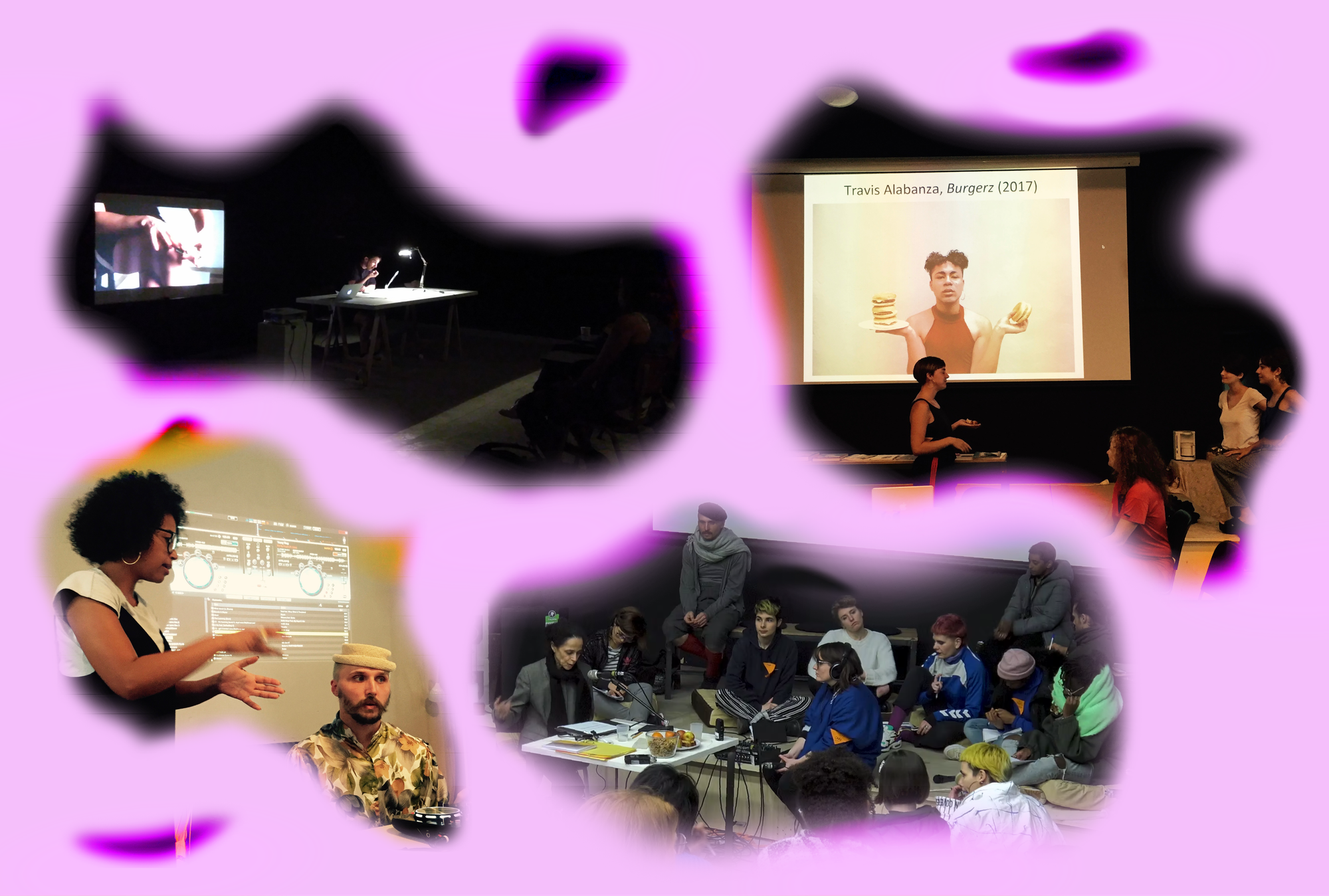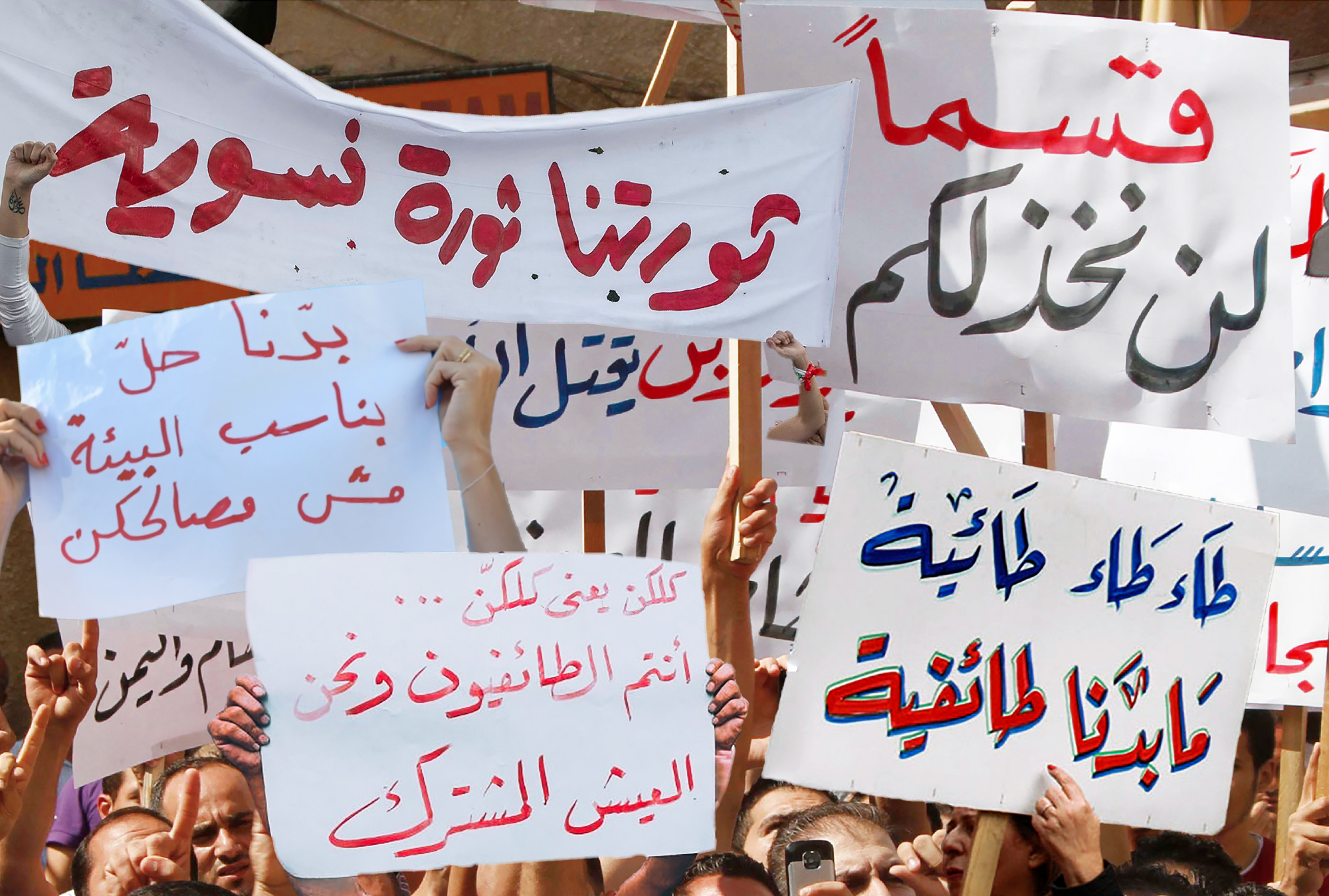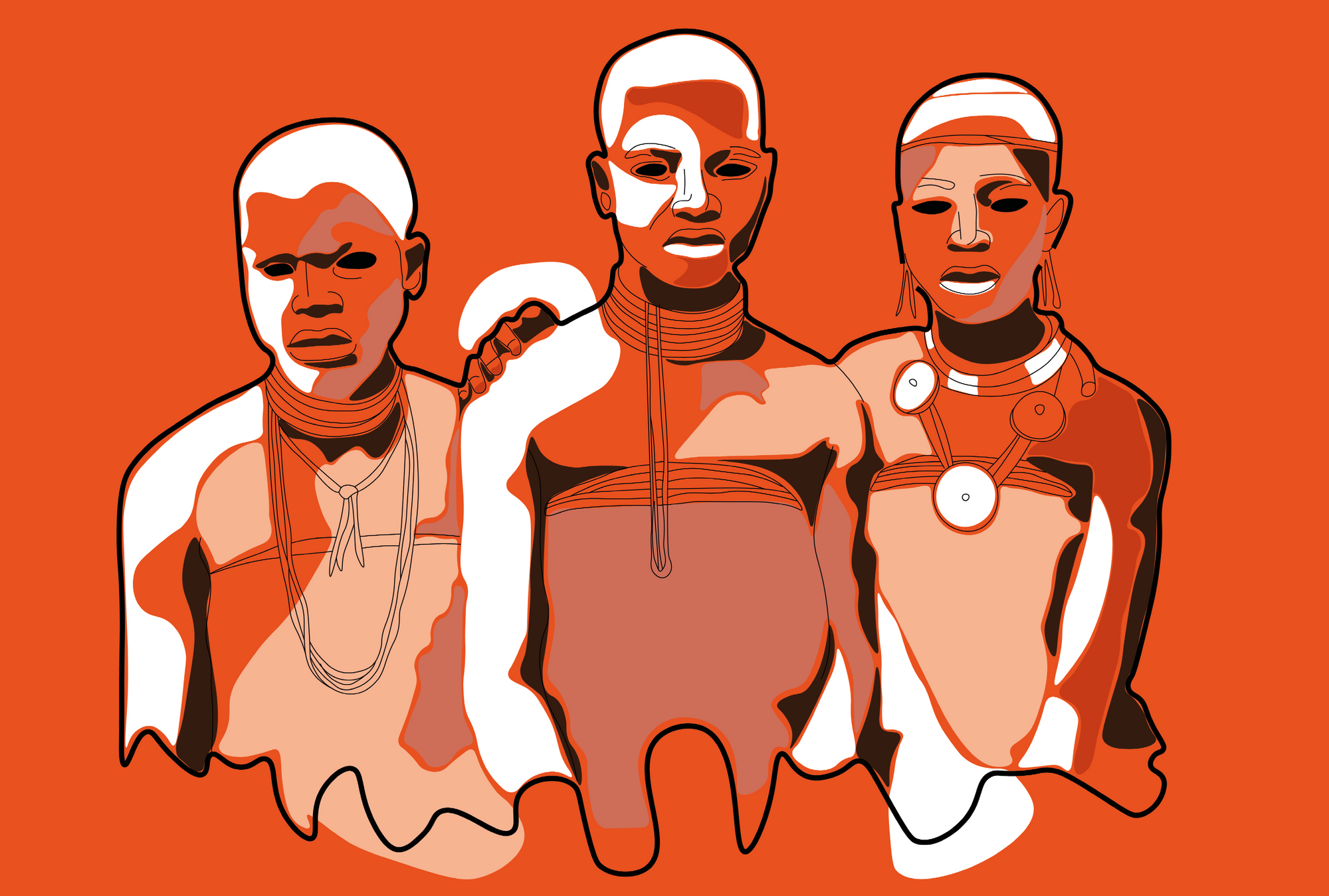
All is quiet: the air, the trees, the grass. It is an unsettling stillness; an auspicious sign. Since the arrival of the strangers, nature has been violated and the people have been forcibly removed from their ancestral land. But on this night, the ancestors stir. Charwe Nyakasikana, a woman possessed by the ancestral spirit of Nehanda, delivers a message. It is 1896, and the British Empire has colonized the land that will one day be known as Zimbabwe. Charwe, through the metaphysical and ancient practice of kusvikirwa, can see the past, the present, and the future. And she sees the liberation of her people.
In 1896, throughout the northern region of Zimbabwe, Charwe’s prophetic message sparked hope amongst the people of Mazowe. With the ability to see through time, the ancestors offered solace and guidance, fostering a sense of unity that ultimately strengthened the Mazowe people’s resolve against colonial oppression. Kusvikirwa, in this and in many other instances, served as a conduit for establishing an ancestral connection and transmitting memories.
As a child of African soil, this connection is important for my survival. Its demise looms over me. To be cut off from one’s ancestral lineage and one’s ancestral land is an act of death—the death of one’s story, and of one’s identity.
“ To be cut off from one’s ancestral lineage and one’s ancestral land is an act of death—the death of one’s story, and of one’s identity.”
A quest for wholeness
Even though I grew up in Zimbabwe, I have always grappled with feeling disconnected from my precolonial history and the story of my ancestors. Due to colonialism, the ties between us have been broken and nearly destroyed. Over a century has passed since the arrival of the British colonizers; still, despite Zimbabwe’s independence in 1980, the memory that survived is not the one of my ancestors, but one that bears a European essence and consciousness. African Indigenous narratives are often recounted with reference to the advent of the colonial era, particularly from the 18th century onwards; meanwhile, our precolonial history preceding this period is often brief, vague, fragmented, and tragically severed from our collective consciousness. As Kenyan writer Ngũgĩ wa Thiong’o puts it in his book Something Torn and New: An African Renaissance: “Without a reconnection with African memory, there is no wholeness.”
So, I embark on a “quest for wholeness,” journeying to reclaim my memory, the memory of my mother, my grandmother, and others in my lineage, all the way back to Nyamazana Dlamini, a Swati queen who migrated with my ancestors to south-west Zimbabwe. The stories are not just my personal heritage, but also that of my ethnic community, the Ndebele people, and Zimbabwe as a whole. Exploring these narratives has started to lessen the void of lost memory within me. I have embraced my own lineage, which has enabled me to grow in my Zimbocentrism and Afrocentrism. I have expanded my engagement with stories outside my immediate self, finding insight through collective recollection with my friends, cousins, neighbors, peers, and collaborators. Through this connection and community with others, I encountered kusvirikwa and Nehanda’s story.
Kusvikirwa
Kusvikirwa is a term from the Shona language spoken by the Shona people of Zimbabwe. It is a precolonial spiritual practice of becoming possessed by an ancestral spirit and receiving guidance from their wisdom. Known by various names such as ukufikelwa in isiNdebele, o tswere ke moya in Setswana, kuvhurahwaha in Tshivenda, and kubulwa ndi mzimu in Chinyanja, it manifests with diverse cultural nuances across the Southern African region. Kusvikirwa is the act of communing directly with the ancestor, with history, and with the land. Through kusvikirwa, the medium of translation is dissolved, as this form of knowledge goes beyond the linear notion of “passing on”—rather, it is the experience itself. The possessed person—the spirit medium or svikiro—comes as an embodiment of knowledge. The spirit that possesses can be of “good” intent, involved in community, society, and nature; “neutral” and endowing the possessed with gifts of hunting, healing, witchcraft, and sorcery; or even malevolent and vengeful. The svikiro does not select the spirit; rather, the possessed person is chosen by the spirit, much like how the spirit Nehanda chose Charwe Nyakasikana.
During the Zimbabwean struggle for independence that culminated in 1980, one particular story of kusvikirwa became a mythologized symbol: Charwe Nyakasikana’s possession by Nehanda, which served as a rallying narrative for the creation of a liberated nation. However, to understand the importance of this story and the meaning of kusvikirwa, we need to travel back to precolonial Zimbabwe.
It starts in the 15th century, with the Rozvi kingdom that ruled over the heartland of Zimbabwe’s central and western regions. The Rozvi, an elite ruling class, shaped the landscape socially and politically, guided by a spirituality that revered Mwari (God), who governed the universe with the help of intercessory spirits. This cosmological perspective facilitated the existence of tributary groups on the periphery of the Rozvi, all operating within the overarching structure of the same spiritual and political organization.
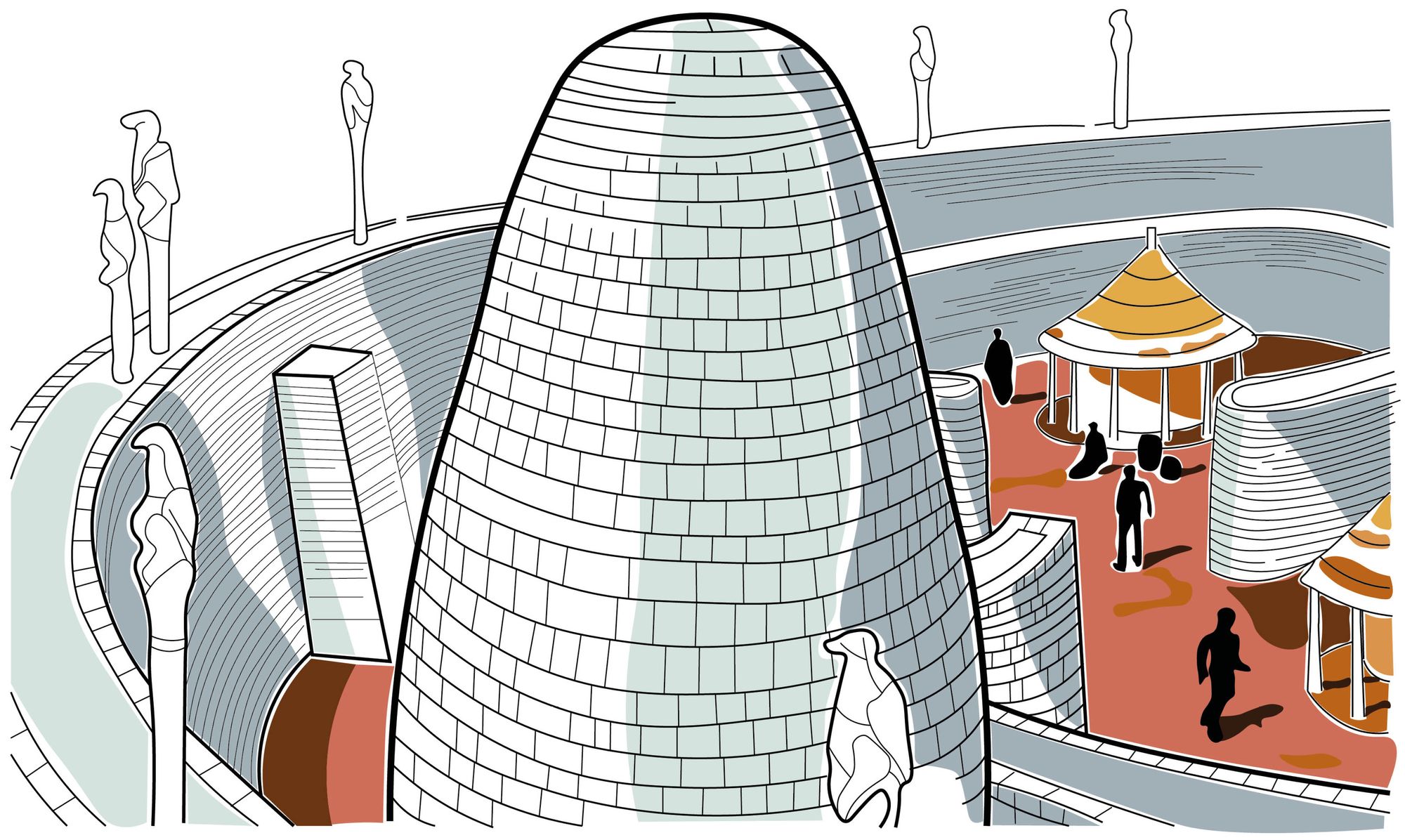
Within this celestial order, a daughter emerged from the Rozvi dynasty called Nehanda Nyamhita. As an elite member of the Rozvi empire, she gained supernatural powers and authority through an incestuous ritual with her brother—one of the few ways she could attain power as a woman during this era. This expanded her authority beyond the physical world into the ethereal; upon her death, Nehanda Nyamhita transformed into a mhondoro—a formidable spirit and potent guardian who watched over vast territories and communities. While family and lineage spirits—vadzimu vomusha—guard their living descendants, Nehanda as a mhondoro possessed an authority that extended throughout the tangible and immaterial realms. Nehanda’s spirit would awaken after many generations, possessing a svikiro—a spirit medium—at the height of a celestial rite.
Centuries later, in the 18th to early 19th century, the Rozvi Empire collapsed. Internal disputes among the elite, incursions by tribes from South African territories stirring up the southern part of Zimbabwe, and the encroaching colonial presence all contributed to its demise. A significant portion of an Indigenous population absorbed what remained of them. This group, known as the Karanga, had a less hierarchical and more decentralized growth, unlike the Rozvi. Their spiritual and political system was inclusive rather than elitist. The Karanga system was adapted to transcend territorial boundaries, emphasizing individual worship of ancestral lineages—the vadzimu vomusha—over an allegiance to a ruling elite. This fostered a system of accessible spirits linked to the individual and the community’s sense of place and belonging.
The decentralized Karanga societies relied on common principles established by the first spirit mediums, and a dependence on Mwari—the spirits and their interpreted wishes for their progeny and for the land. As the Karanga evolved, neighboring societies in the region collapsed under pressure from tribes migrating from the south, eventually occupying the territory that is now contemporary Zimbabwe. Through cultural integration, voluntary and forced assimilation with surrounding ethnic groups, the entire region adopted a cosmological belief system with universal principles grounded in Mwari, ancestral wisdom, and community values.
Charwe’s possession
It is 1884 in Mazowe, Zimbabwe—over 400 years after Nehanda Nyamhita. A haze of dust fills the air, choking and stifling all present. The spirits of the ancestors rise and fall in cadence with the melody plucked on the metal prongs mounted on the wooden board of the mbira instrument. The mbira, accompanied by drums, resound, intertwined in a rhythmic procession, bridging the realms of the physical and immaterial as the music summons ancestral spirits, coaxing them to engage with the living.
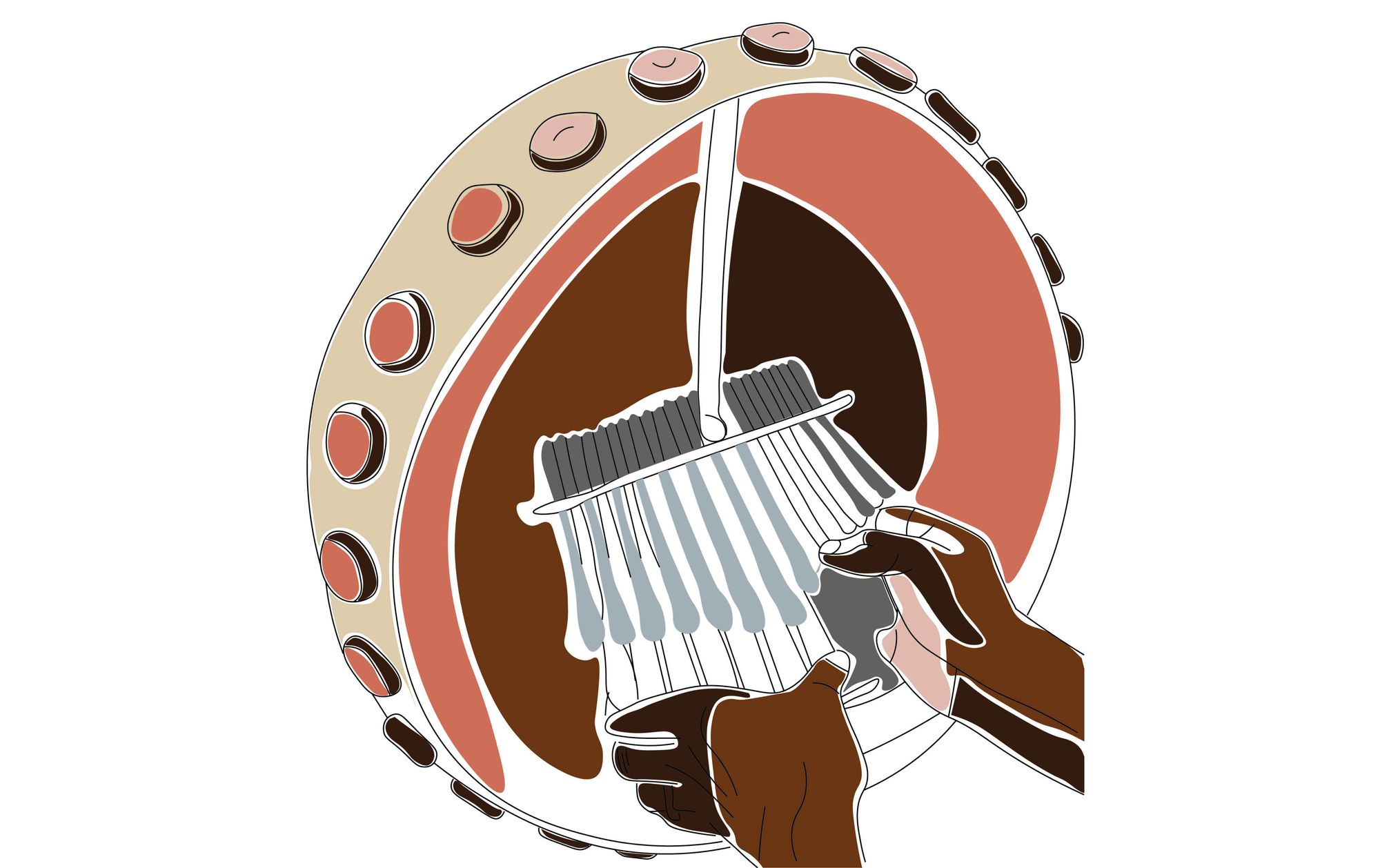
Dancing, the people of Mazowe slowly experience a surge of energy and a unified consciousness. Their bodies move in transient coordination. As the music soars, so do the spirits, and they collectively immerse themselves in this ritualistic social and spatial performance. At the climatic point of the performance, the timeline of past, present, and future dissolves; in its place, time converges to a single point. At this nexus, the formidable tide of the ancestors’ spirits takes over the present.
The dust stills abruptly! Suspended and motionless in the air, it creates an eerie atmosphere that descends upon all who are present. A performer falls into a trance. The ancestral spirit of Nehanda inhabits their body, and they exhibit profound spiritual gifts that authenticate the presence of the spirit within them. The person possessed is called Charwe. The dynamic ambience created through the communal performance sets the stage for spiritual possession—for kusvikirwa.
Through the power of divination, Charwe from the Hwata dynasty in the upper Mazowe valley receives the centuries-old spirit of Nehanda. This ancient spirit that can travel in time brings an urgent message about the future regarding the presence of strangers on the land. The news of the uprising against the colonial resistance, known in the Shona language as Chimurenga, has been delivered—the first large-scale resistance and fight against the strangers with their unfamiliar practices and ways, who sought to control, desecrate, and extract from the ancestral land.
“Unity was not achieved through centralized governance, but rather through a shared cosmological perspective.”
Charwe drew strength and empowerment from her community, as leaders from southern, central, and northern tribes of Zimbabwe independently deliberated with their high council and spiritual leaders comprising of other mediums whether they would fight the colonization of their land. However, beyond the influence of spirit mediums, several other factors fueled the uprising of the resistance against the loss of land, forced labor, and taxation imposed by the British colonization. All this contributed to the collective yet decentralized determination to oppose colonization through physical combat. The first Chimurenga movement of 1896 operated within distinct tribes and factions, each with its own leadership structure. Unity was not achieved through centralized governance, but rather through a shared cosmological perspective, marked by reverence for Mwari (God), vadzimu (ancestors), and the zvikiro (spirit mediums) who possessed the ability to navigate both the physical and spiritual realms.
Due to this unity, the colonial force was successfully dispersed, though only for a short period, and they were driven out of the northeastern region. Eventually, the British prevailed through their foreign ways and bureaucracy, imposing a language unfamiliar to the people and displacing them from their land. Despite the people’s physical resistance, the British managed to subjugate and control.
“To acquire true liberation, it is important that we remain vigilant on how memory is transferred to us.”
However, Kusvikirwa is still important in the current condition of Zimbabwe. Since the colonial era, the connection with ancestral wisdom remains fractured. Precolonial values were not revived with the end of colonialism. Instead, a different idea of authority and governance had already taken root—one based on control and power rather than community and Indigenous values. This shift introduced deliberate, systematic, and totalitarian violence that continues to persist into the present postcolonial era. For us to acquire true liberation, it is important that we remain vigilant on how memory is transferred to us.
Through kusvikirwa, knowledge is not a singular rationale; it is multifaceted and multisensory. Kusvikirwa acknowledges the multitude of perspectives of our predecessors. Knowledge is intimately intertwined with instinct and emotions—be it joy, fear, or anguish. Ancestral wisdom can be embraced in its diverse manifestations; it can be embodied and felt on a physiological and an emotional level. It is experienced in community—through storytelling, song, and dance—and it is rooted in a moral framework that asserts one’s humanity through the recognition of others and the relationships formed in community, with the ancestors and the earth. It is a reverence for what is sacred and spiritual, a form of recollection, of recovery of our values. It is a manifesto towards decolonization.
“There is a call to decolonize. To reclaim ourselves through reconnection and remembrance—with our past and our story.”
The power of kusvikirwa remains in the land. It is an unsettling stillness; an auspicious sign. It is your shadow, shifting and morphing as though autonomous, but still familiar. It is the dreams you have dreamt. The ancestors’ wisdom is upon you. You are the spirit medium, the svikiro. Tell us! What do the ancestors say, how do they feel, are they angry with us? Your body contorts and bends, moving like the shadows around us.
There is a call to decolonize. To reclaim ourselves through reconnection and remembrance—with our past and our story. To cleanse our spirits from the poison of the strangers. As Zimbabwean writer Yvonne Vera puts it: “Forgetting is not easy for those who travel in both directions of time.” As an architect and spatial practitioner, this decolonial process shifts me towards the temporal. Context transcends the tangible and the things we see at first glance. It encompasses all that converges upon us when we open ourselves, inviting the wisdom and prescience of time.
This story emerged from conversations with Luba’s friend Rutendo, rooted in their mutual love for history, Indigenous stories, and the existential concerns shared as Zimbabweans in a postcolonial era.
Luba Nomhlekazi Nkiwane (she/her) is a conservation architect and researcher focused on Indigenous and precolonial spatial and cultural practices. Her work highlights underrepresented voices and narratives. Through her platform, Bandiwhilila—meaning “they hear me” in Nambyan, a language from western Zimbabwe—Luba is dedicated to preserving Zimbabwean knowledge systems, and cultural and spatial heritage.
Title image: “The ancestors” by Luba Nomhlekazi Nkiwane.
The title of this vertical, Epistemic Activism, is an homage to the disabled, nonbinary Iranian/SWANA designer and researcher Aimi Hamraie. In their book Building Access: Universal Design and the Politics of Disability, epistemic activism is described as a form of
political action that occurs within academic fields to shape social norms and practices.


